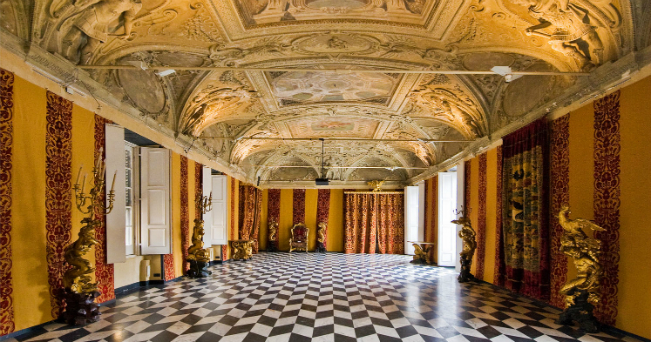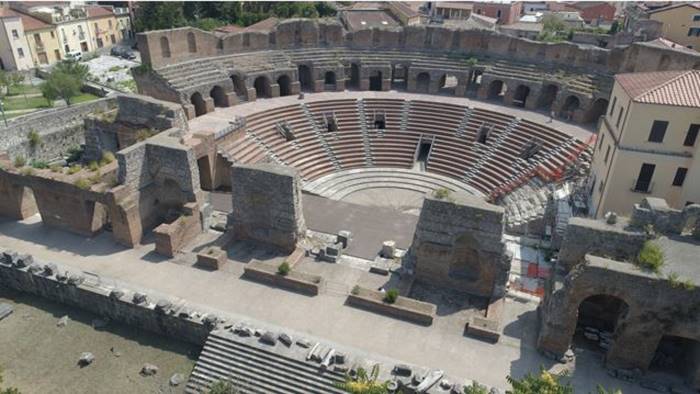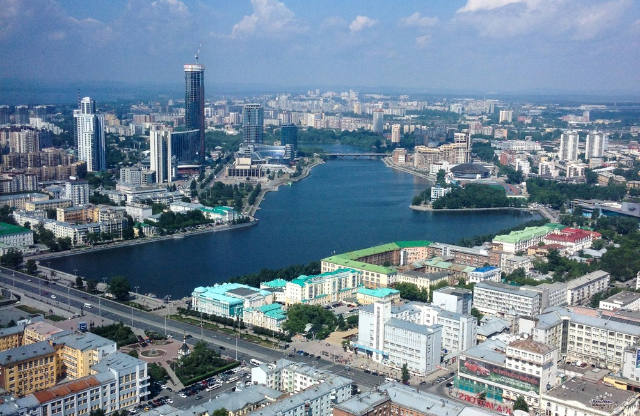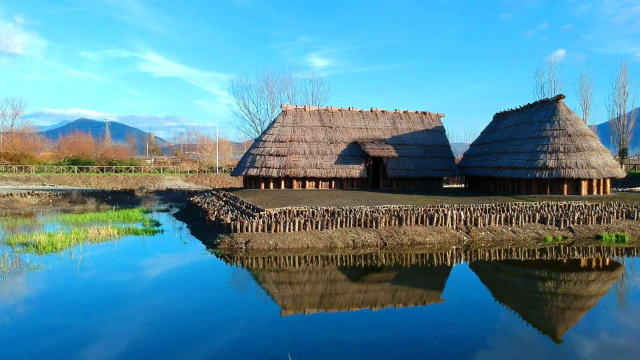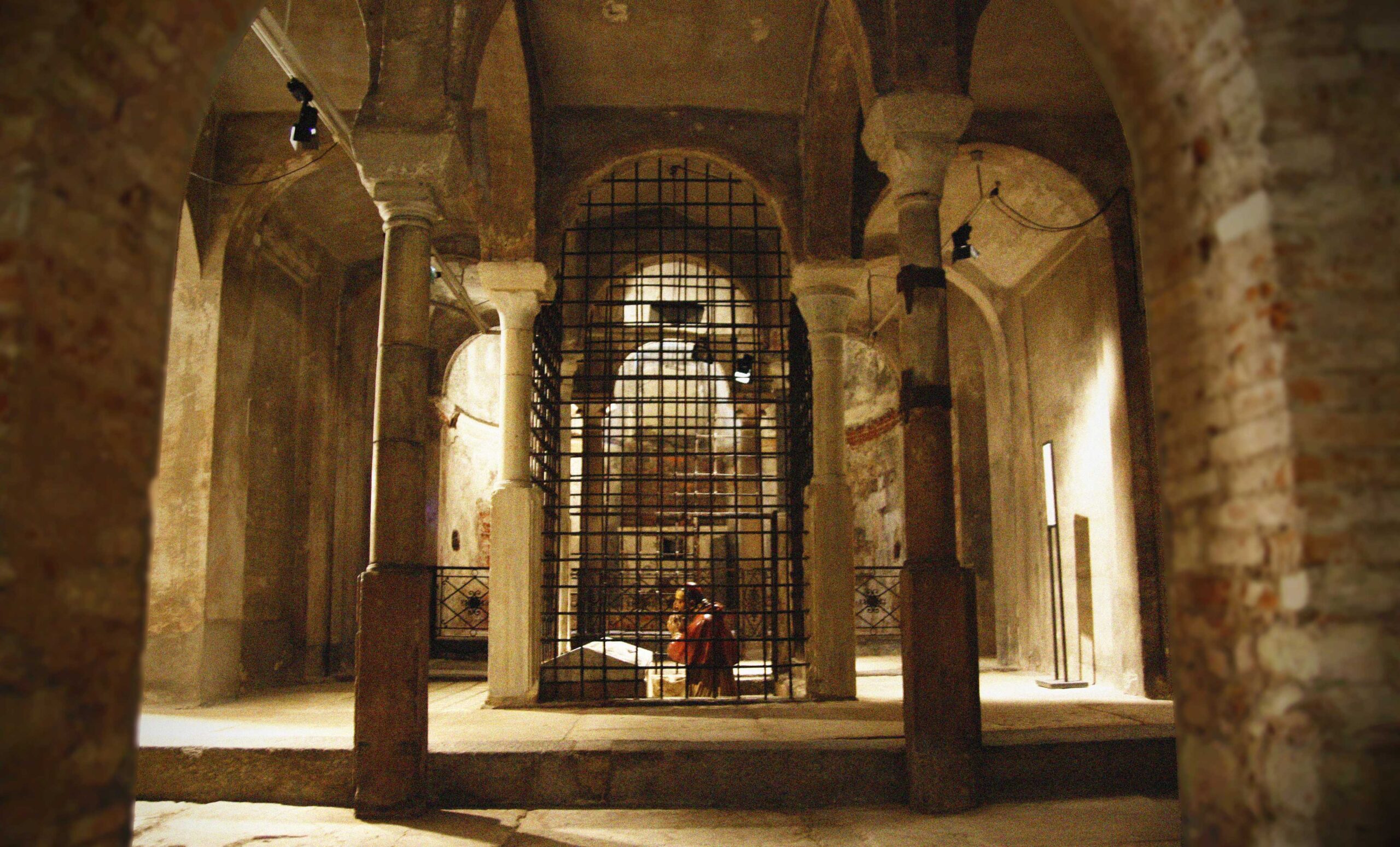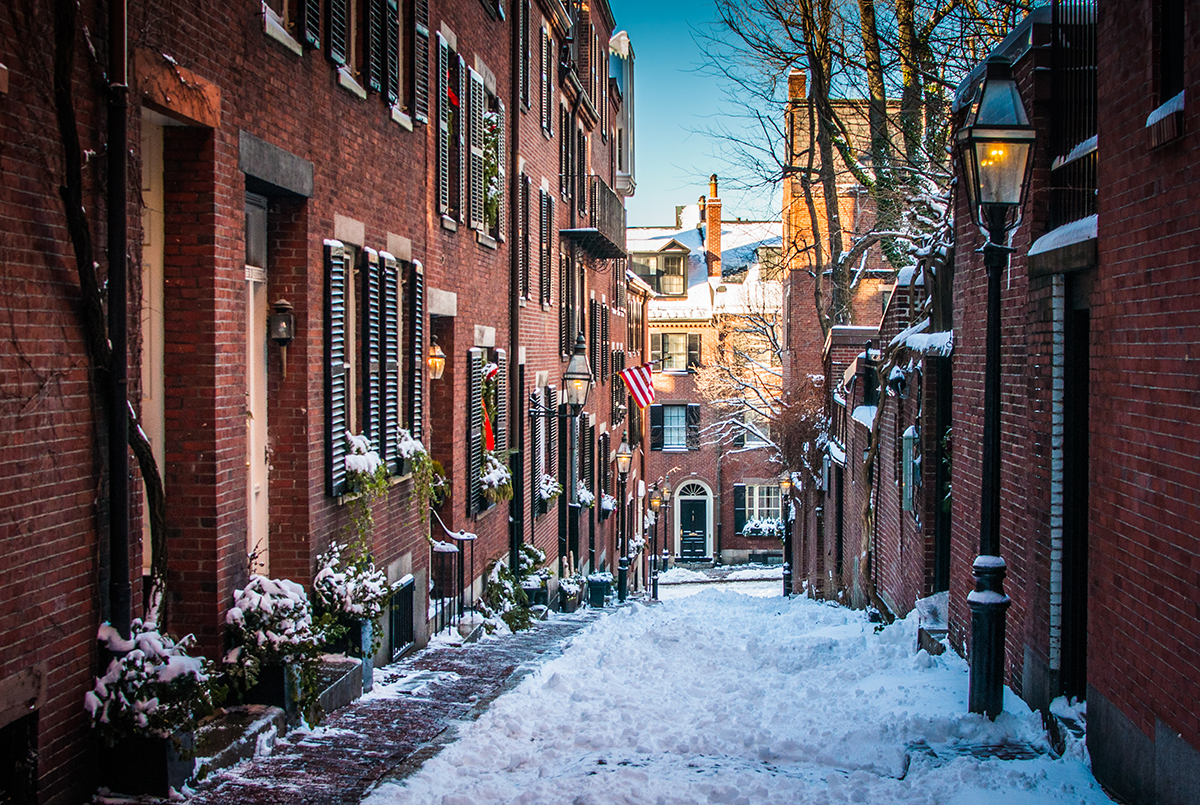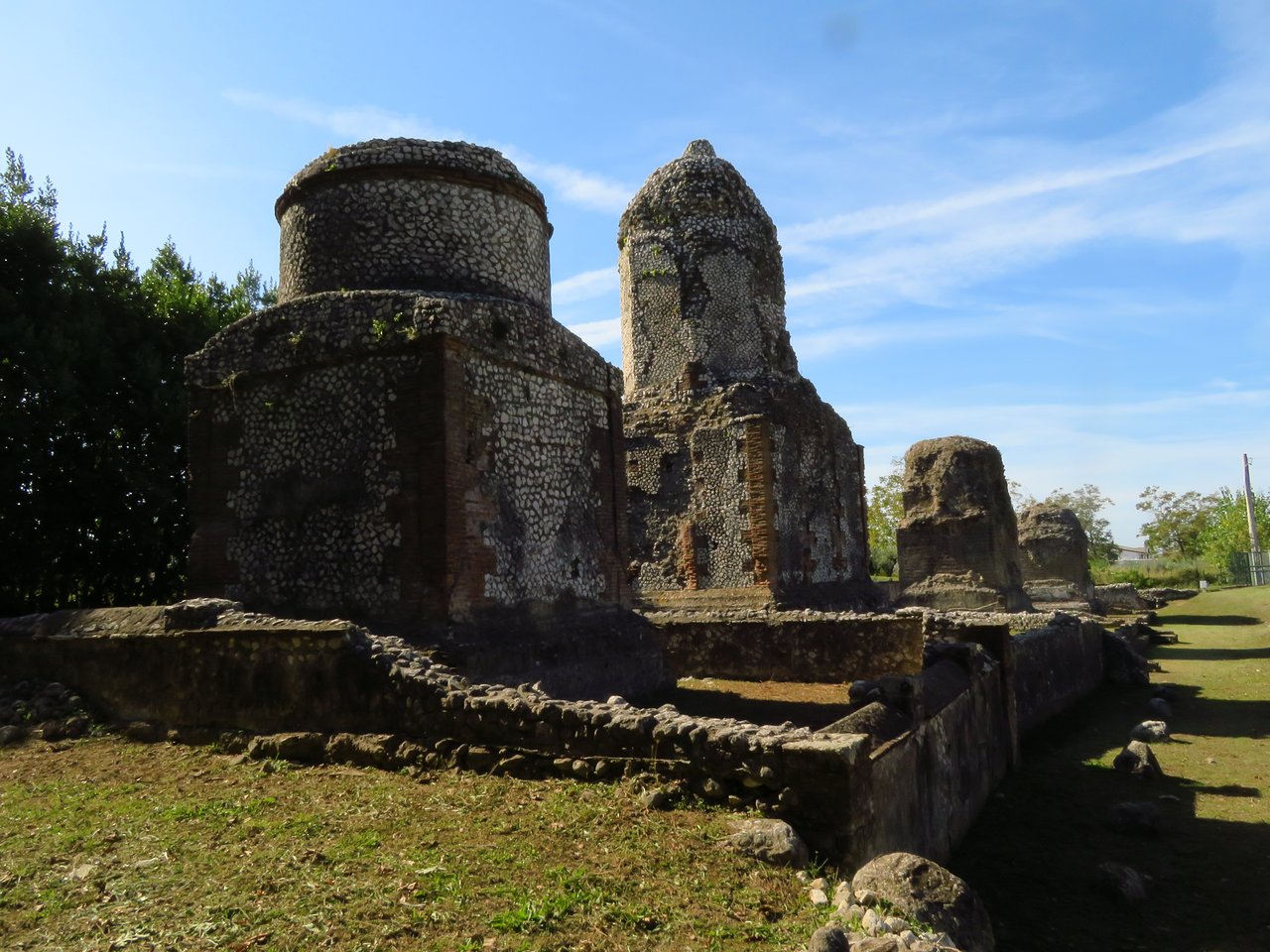The Strade Nuove and the Sistema dei Palazzi dei Rolli, constitute by the’uniformity’of the urban layout and the architectural features of the palaces an extraordinary model of noble residential subdivision that has remained at the center of the modern city. They represent a hinge between medieval streets to the south and contemporary traffic structures to the north, like the most valuable fragment of the 16th-17th century ring.
On this street were more than a hundred palaces of noble city families that were drawn from official lists (the rolli), a singular social and economic identity that ushered in modern-era urban architecture in Europe.
Inscription on the UNESCO World Heritage List:
Vilnius (Lithuania), July 8-16, 2006
Entry criteria
(ii) The entirety of the Strade Nuove and related palaces shows an important exchange of values in the development of architecture and urban planning in the 16th and 17th centuries. Such examples were disseminated through the architectural treatises of the time, making Genoa’s Strade Nuove and late Renaissance palaces a significant reference in the development of Mannerist and Baroque architecture in Europe;
(iv) Genoa’s Strade Nuove represent an extraordinary example of an urban ensemble including aristocratic palaces of great architectural value, illustrating the economy and politics of the mercantile city at the’height of its power in the 16th and 17th centuries. The project shows a new and innovative spirit that well represents the siglo de los genoveses (1563-1640). In 1576, the Republic of Genoa legally established the Rolli, an official list of the mostù important palaces deemed fit to host the mostù illustrious visitors.
